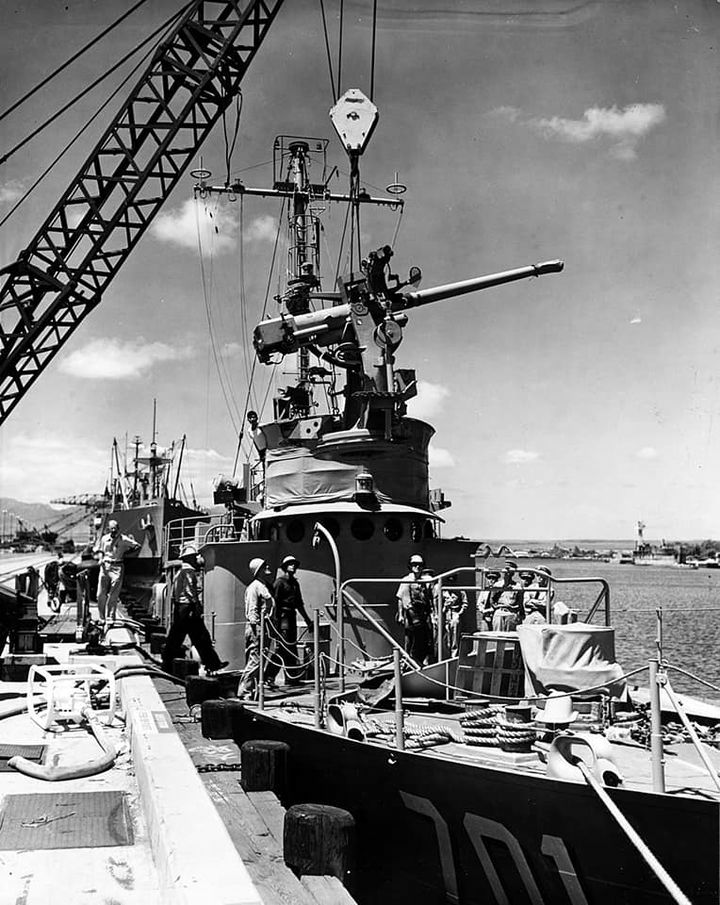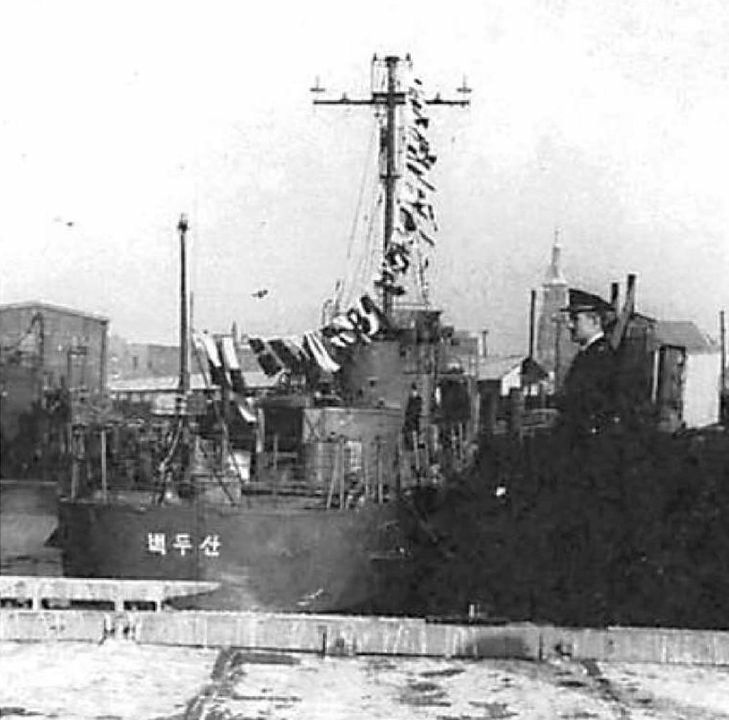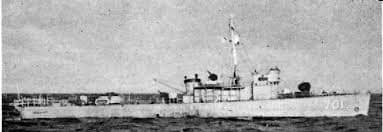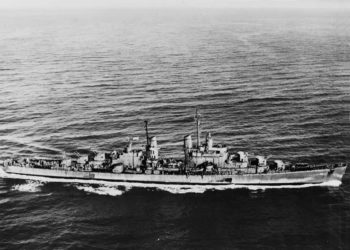Meet the Sub Chaser that Saved South Korea: The ROKS Baekdusan

Early History and Acquisition of ROKS Baekdusan
Now as well all know, South Korea was not the economic powerhouse when it first gained its independence after WWII. The country was dirt poor, all things considered, and this showed in their armed forces. Specifically, their Navy, which consisted of a handful of old vessels that were way past their prime.
In an attempt to “modernize” their fleet, the South Korean Navy essentially got every single one of their members to donate money to help fund a new vessel. Eventually raising up to $15,000 by themselves and getting another $45,000 from the government, a decent chunk of change back then, but not enough to buy a new warship. However, they did fund the next best thing in the form of an ex-U.S. Navy Submarine Chaser USS PC-823, which had seen some use during WWII and had been used as a training vessel for the United States Merchant Marine Academy. But it too had seen better days and as a result, a detachment of South Korean Naval personnel would fly to the US to restore the vessel.
In 1949, the ship was officially handed over to the ROKN and renamed the Baekdusan. After leaving New York, she made a stop in Hawaii where a 3-inch deck gun was added, then sailed to Guam to pick up 100 shells for what was South Korea’s first “ocean-going” warship.

The Korean War and First Combat Engagement
She arrived in Korea on April 8th, 1950, two months before the North invaded. This would be their best investment up to that point.
Less than 24 hours after the Korean War began, the Baekdusan was on a late-night patrol when the vessel sighted an unknown ship just 20 miles off the coast of Busan, a major port for the South that was still organizing a defense for itself. Curious, the Baekdusan challenged the ship using signal lights in an attempt to identify it. As it turned out, the vessel was a sizable merchant ship carrying North Korean soldiers on its way to Busan and began to open fire with heavy machine guns.
In response, the Baekdusan returned fire with its deck gun and soon entered a duel with the North Korean transport. The North Korean ship then tried to make its way back north, as a 3-inch gun can do a lot of damage as opposed to machine guns. However, Baekdusan chased the North Korean ship down, letting loose with the deck gun and .50 cal fire. Not expecting such an attack, the North Korean soldiers began to throw themselves overboard to avoid being hit. Some of them even tried to swim towards the Baekdusan in an attempt to board and capture the vessel. But the South Korean crew were able to fight them off, and eventually, the North Korean ship was sunk. This marked the first victory for the South Koreans and for their Navy, an event later called “The Battle of the Korean Strait.”

Legacy and Importance
Now, I don’t think I need to tell you just how important this battle was. Busan would prove to be a vital lifeline for South Korea during the war, and if the North Koreans had managed to land troops there, they could have taken it easily, potentially ending the war with a Communist victory.
The Baekdusan would survive the war, taking part in other engagements during the conflict. Though the vessel would ultimately be scrapped, its mast was preserved and currently resides at the South Korean Naval Academy in Jinhae.
So you can say, a Submarine Chaser saved South Korea. ~NC










